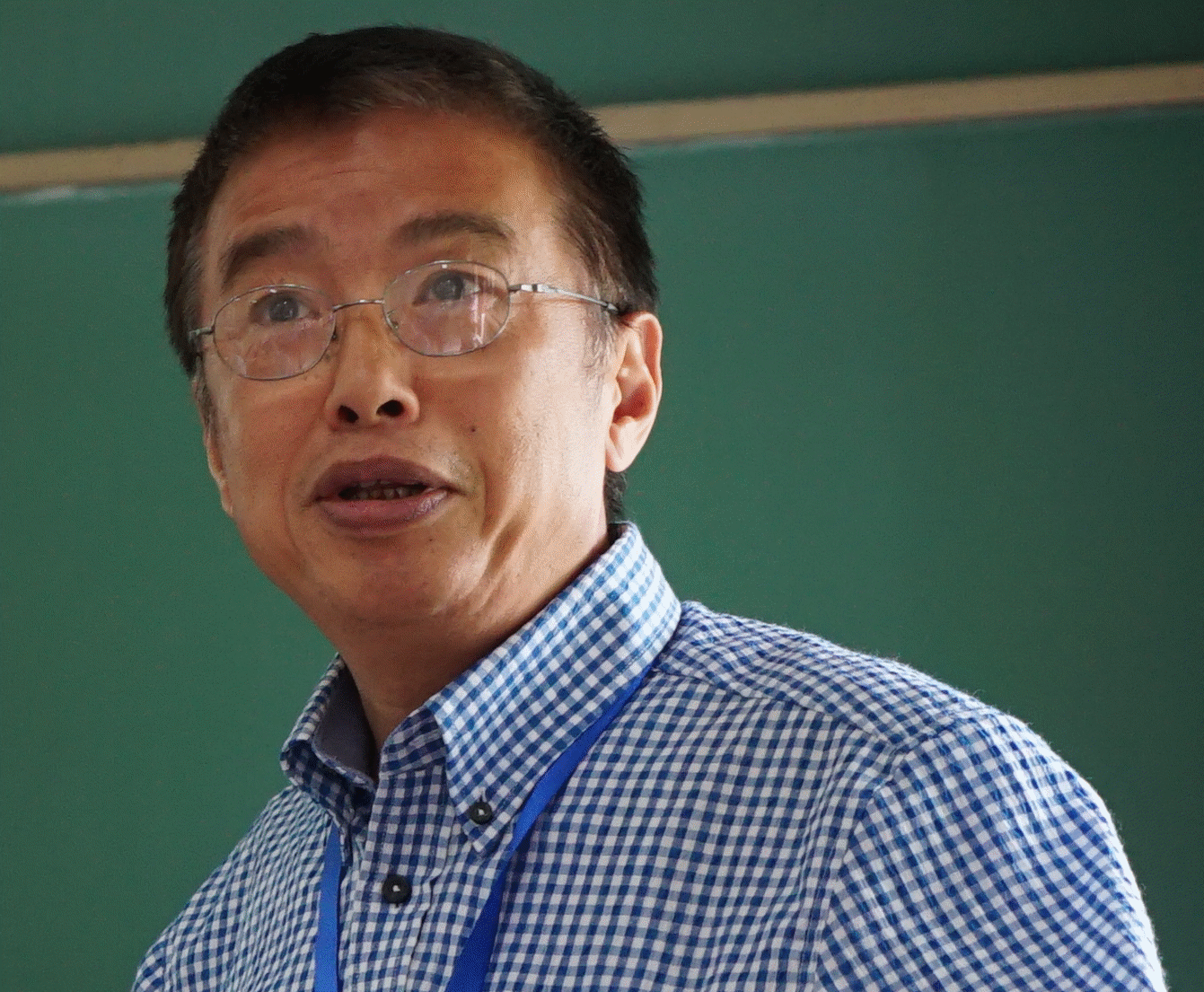Prof. Chaoyuan Zhu: Semiclassical versus mixed quantum–classical approaches for the trajectory surface hopping nonadiabatic molecular dynamics (2025/11/21) |
| ( 2025-11-17 ) |
Title | Semiclassical versus mixed quantum–classical approaches for the trajectory surface hopping nonadiabatic molecular dynamics
| Speaker |
Prof. Chaoyuan Zhu National Yang Ming Chiao Tung University | 
| Time | 10:00am, November 21, 2025 | Place | Material Science and Research Building B902 | | Brief Bio of the Speaker |
Chaoyuan Zhu obtained his first doctorate from the Institute of Nuclear Research, Academia Sinica, China, in 1990 and his second doctorate from the Institute for Molecular Science, Japan, in 1993. Then, he joined the faculty at the Institute for Molecular Science, Japan as assistant professor from 1993 to 2002 followed by three years of research associate at the University of Minnesota, USA. Finally, from 2005 he became the faculty at the Department of Applied Chemistry, National Chiao Tung University in Taiwan and was appointed as full professor from 2011. He has been working on theoretical chemistry method development and simulation for excited-state molecular dynamics and spectroscopy. His current interests are focused on simple and accurate semiclassical treatments for ab initio nonadiabatic molecular dynamic simulations with the use of time-dependent density functional theory. | Abstract | For large and complex photochemical systems, on-the-fly trajectory surface hopping molecular dynamics, in which nuclear motions are governed by Newton’s equations, provides an effective approach for simulating nonadiabatic molecular dynamics. However, the nonadiabatic transition probability, which originates from a purely quantum effect, must be derived from quantum dynamics. In the mixed quantum–classical method, the quantum nuclear kinetic operator is completely neglected, whereas in the semiclassical method, this operator is explicitly included. These two approaches are compared using an analytically solvable two-state linear curve-crossing model, for which exact analytical solutions are available. The contribution of the quantum nuclear kinetic operator to the nonadiabatic transition probability is explicitly evaluated. Furthermore, the global switching and fewest-switching algorithms are systematically compared through on-the-fly trajectory surface hopping molecular dynamics simulations of cis–trans and trans–cis photoisomerization in azobenzene. Both algorithms yield consistent results in terms of quantum yields, excited-state lifetimes, hopping position distributions, and population decay profiles. |
|
|
|
